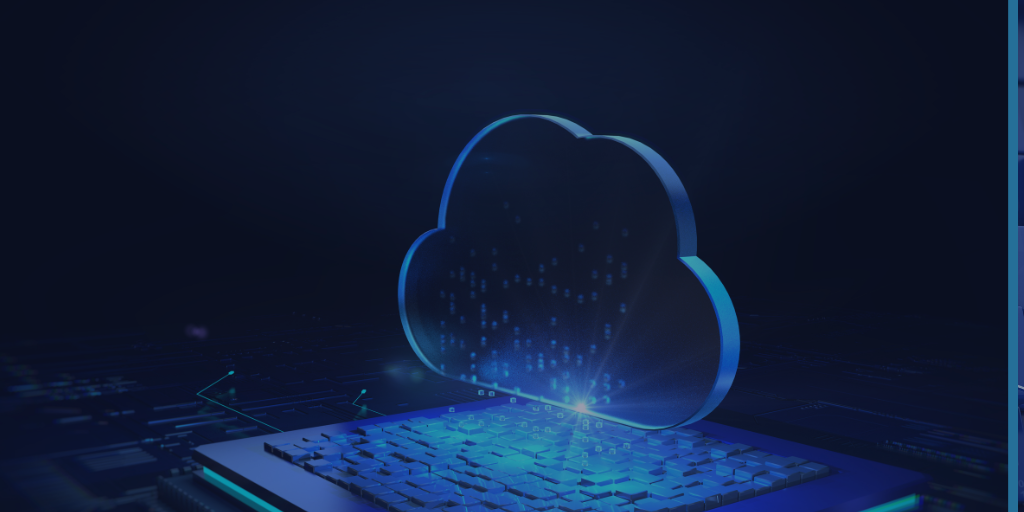Single-Tenant Vs. Multi-Tenant Cloud Services

By OpenVPN Team
Something Powerful
Tell The Reader More
The headline and subheader tells us what you're offering, and the form header closes the deal. Over here you can explain why your offer is so great it's worth filling out a form for.
Remember:
- Bullets are great
- For spelling out benefits and
- Turning visitors into leads.
There are two primary types of cloud services: The first is single-tenancy, which in cloud computing is often described as a single family home. The second is multi-tenancy, which is like an apartment building — but the key difference is that the walls that separate tenants from each other are not solid, but software. This form of cloud services makes a greater pool of resources available to a larger group of people — for a much lower cost.
The virtualization of storage locations in cloud computing allows for flexibility and ease of access from almost any device or location. Cloud companies continue to take advantage of the economies of scale offered by multi-tenant cloud services, but complacency can be dangerous. As Steve Prentice explained in the most recent Cloud Security Tip: “Software is built by humans which closes the circle: unpredictable humans in an unpredictable world.” It’s important for businesses to understand the risks and rewards, and choose the right kind of tenancy to help their organization grow and scale.
Single-Tenant Vs. Multi-Tenant Cloud Services
In technology, single-tenant and multi-tenant platforms offer different perks — as well as different drawbacks. So how do you know which is right for your organization? There are a few benefits and limitations to be aware of in order to make an informed decision:
Benefits
| Single-Tenancy | Multi-Tenancy |
|---|---|
| Security - Because all customer data is completely separate, it is unlikely that a customer can access data not meant for them. | Affordability - Because all resources are shared, the overall cost is much lower. Multi-tenancy is often the most financially feasible cloud service option. |
| Reliability - Because one customer’s software instance performance is not affected by the performance of another customer’s, single-tenant tends to be more reliable. | Resource Usage - Because all of the resources are shared between customers, multi-tenancies operate at maximum resource usage and optimal efficiency. |
| Environmental Control - In a single tenancy, you have full control over the environment. That means the platform offers much more flexibility in terms of customization plus more control over upgrades and updates. | Easy Maintenance - Updates applied to the system affect all customers and, as such, system upgrades and update maintenance are usually handled by the SaaS company, not the individual customer. Because of this, multi-tenancies usually require less maintenance. |
Limitations
| Single-Tenancy | Multi-Tenancy |
|---|---|
| Expensive - Single-tenancy requires more time and resources for customizations and maintenance, which can increase the overall cost substantially. | Vulnerabilities - There are often multiple access points which could be breached by cyber criminals. |
| More Maintenance - These environments usually require regular updates and upgrades that must be handled by the customer. | Environmental Control - There are fewer options to customize, and users have less control over the quality of the environment. |
| Resource Usage - Resource usage isn’t always maximized, which can decrease efficiency. | Reliability - If something happens to one customer, everyone is impacted. This can cause issues when it comes to uptime, preparing for system upgrades, and more. |
When deciding which option is right for you, keep in mind what you want to accomplish — and try to balance the many variables. A multi-tenant service may work well for a small startup today, but perhaps not as it scales over the years. Large organizations need to carefully weigh the costs and advantages of sharing multi-tenant or using their own private cloud. Security should always be a top priority — but then what about performance and control? Understanding your priorities is the key to making the best and most-informed decision.
.png)

